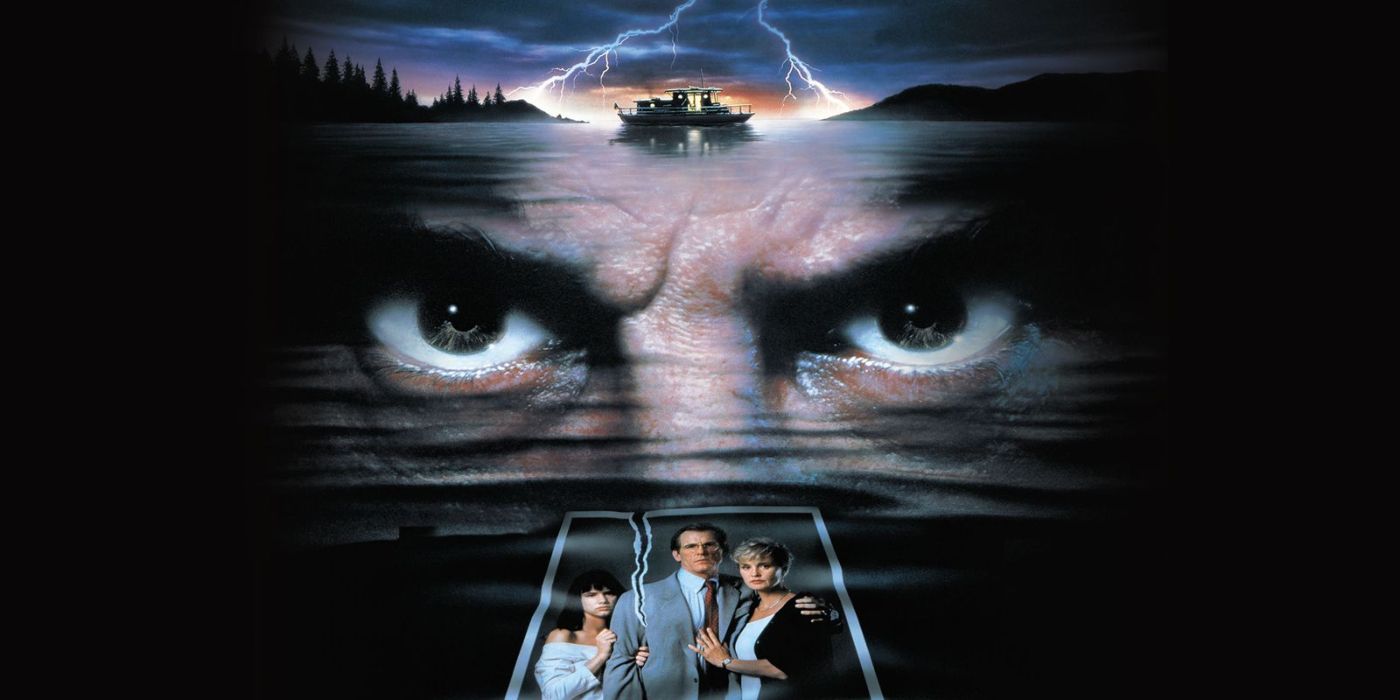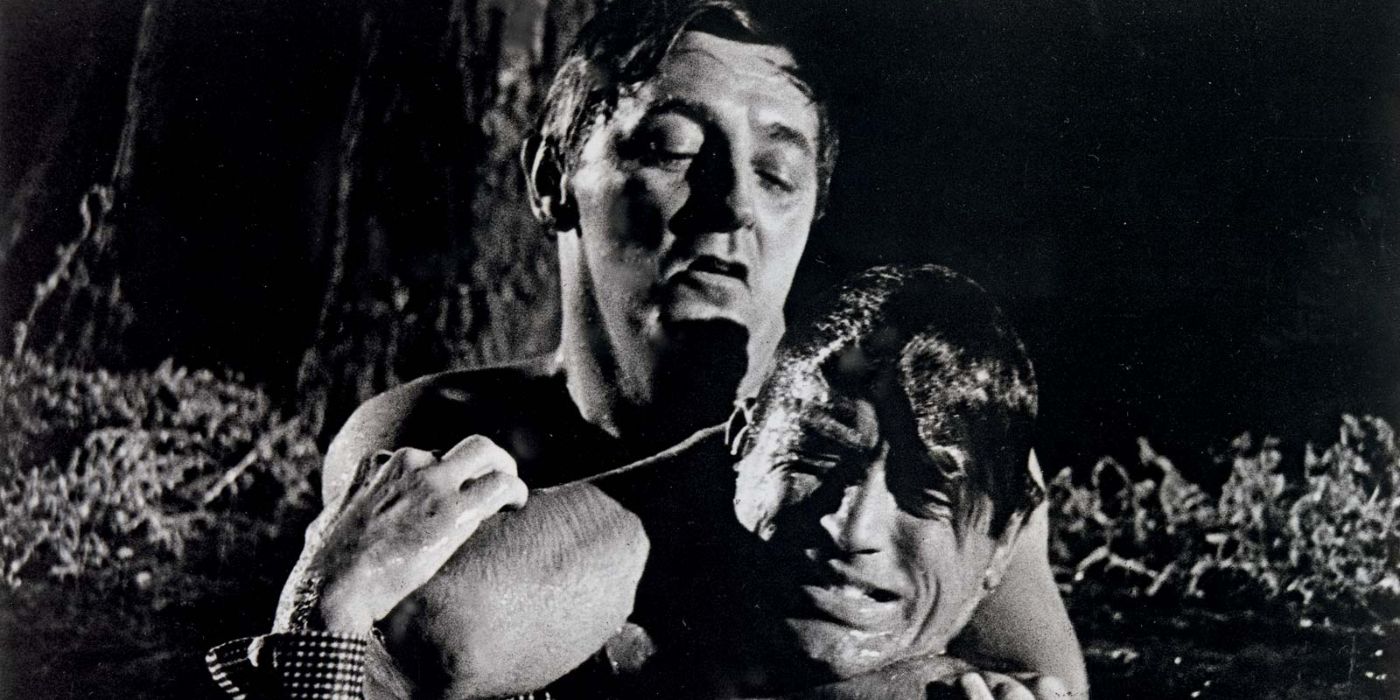Here's the biggest difference between Cape Fear 1991 and the original 1962 version. Martin Scorsese and Robert De Niro are one of the all-time great actor/director collaborations, which has resulted in several classics. They first worked together on Mean Streets, before going on an almost embarrassing run of great films, including Taxi Driver, Raging Bull, The King Of Comedy and Goodfellas. Their most recent film was 2019 gangster epic The Irishman, which also reunited them with the semi-retired Joe Pesci.
While it might not be as celebrated as some of their other collaborations, Martin Scorsese's 1991 remake of Cape Fear certainly functions as a great thriller. The movie is based on the novel The Executioners and cast De Niro as vengeful convict Max Cady, who is released from prison after serving a long sentence and he seeks revenge on his lawyer Sam Bowden (Nick Nolte). Cady was sent to prison for a sexual assault, and he learns Bowden withheld evidence that could have reduced his sentence. He plans on tormenting Bowden and his wife and daughter, before enacting a terrible fate on all three.
Cape Fear is a remake of a 1962 movie that starred Gregory Peck (The Omen) as Bowden and Robert Mitchum as Cady; Peck and Mitchum later cameoed in the 1991 version. The broad strokes of the two movies are similiar - with Cady harassing the Bowdens until a showdown at Cape Fear - but they also play out differently. The best way to highlight the difference is Mitchum's turn, which is much more restrained. The 1962 Cady is still a sadist and killer, but he's more low-key and cool, whereas the 1991 movie featured De Niro chewing all the scenery as his Cady is a deranged, Bible-quoting psychopath who is downright terrifying; while Mitchum's Cady survives to likely spend the rest of his life in jail, De Niro's version is killed in the finale.
Cape Fear 1962 is more straightforward in its depiction of Bowden and his family, with Sam being an upstanding, ethical family man. His wife Peggy and daughter Nancy aren't really fleshed out as characters either, though out of desperation Sam does use them as bait to lure Cady out of hiding in the final act. Nick Nolte's Sam is a different story, with the character being morally grey; he did suppress evidence in Cady's trial and he's cheating on his wife. Peggy is played by Jessica Lange (American Horror Story) while Nancy is played by Juliette Lewis, and they're both given more dimension than the 1962 film. Scorsese, in particular, wanted to make the family dynamic more complex in his version, with Peggy feeling unhappy and frustrated in her marriage while Nancy is almost attracted to the danger Cady represents.
A major departure between the two Cape Fears is the depiction of violence. In the original film, Cady still murders people and commits a sexual assault, but most of the violence happens offscreen. Scorsese's remake is much more brutal; the rape takes place onscreen and is the movie's most disturbing scene, while the murder of Kersek is incredibly bloody. Cady as a character is also much more predatory towards Nancy, and whereas these implications had to be largely cut out in the 1962 film, the remake makes them clear. It should be noted both takes on Cape Fear are great with the films being tense, stylish thrillers with some fantastic performances. When it comes to sheer intensity, however, Cape Fear 1991 comes out on top.


